Struggling to crack that stubborn puzzle game level? Seven top developers from acclaimed titles like Tunic and Immortality reveal insider strategies that can transform your approach-from thinking out loud to working backward and understanding the game’s deeper themes. Ready to level up your puzzle-solving skills? Here’s how the pros do it.
Both the roguelike elements and the detailed world pose a unique challenge. It’s the kind of game where every drawing, object, and letter could contain some sort of clue to unravel the mysteries of its world. It can be intimidating or befuddling, even for seasoned puzzle game lovers – which is why we decided to go and get puzzle-solving advice straight from the people who make puzzle games.
In light of the release of Blue Prince, AELGAMES interviewed seven developers behind the puzzle games Tunic, Immortality, Arranger: A Role-Puzzling Adventure, Wilmot Works It Out, Lorelei and the Laser Eyes, and the upcoming title Is This Seat Taken?. We spoke to these puzzle developers to learn more about how they approach puzzle-solving.
1. Take breaks
Taking breaks is a crucial strategy when tackling puzzle games. Developers like Andrew Shouldice from Tunic emphasize that stepping away from a puzzle and revisiting your notes later can provide fresh perspective and clarity. Nicolás Recabarren, a designer on Arranger: A Role-Puzzling Adventure, advises sitting on a puzzle for a while rather than rushing through it, as puzzles can trap you if you hurry. This pause allows your mind to reset and often leads to insights that are harder to see when you’re stuck in the moment.
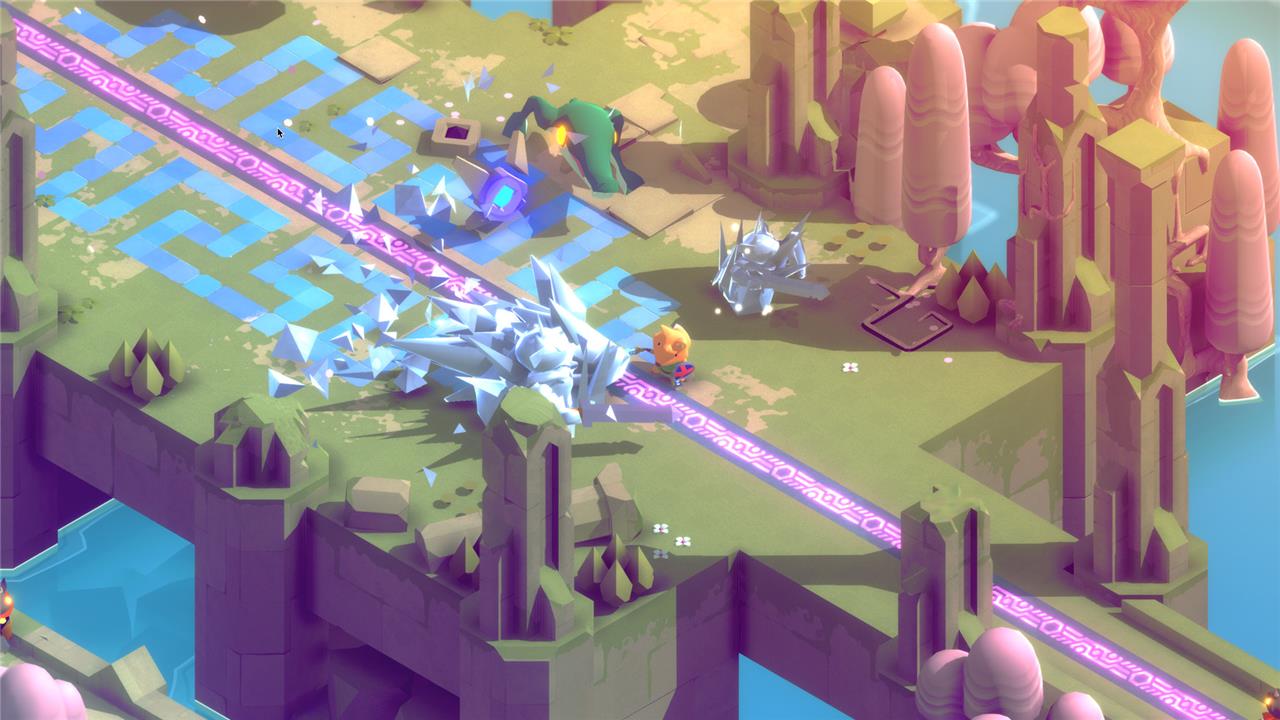
“Taking breaks is always helpful, as is reviewing your notes,” says Andrew Shouldice, developer of the puzzle-packed, Zelda-esque Tunic.
“I think my biggest advice is to sit on it for a bit,” says Nicolás Recabarren, a designer and programmer on Arranger: A Role-Puzzling Adventure. “Puzzles have that thing that if you rush them you get more and more stuck, like quicksand. Once you are in the correct mindset (aka: not in a hurry) you should start by analyzing the elements that are available. In a way, it is a conversation with the designer: they put a certain object there, what can I do with that object and why does that make sense in this particular scenario?”
2. Find a community
Finding a community can significantly enhance your puzzle game experience and help you overcome challenging moments. Game designer Richard Hogg recommends joining dedicated Discord servers or connecting with friends who play the same game, where you can share hints and strategies while respecting spoiler tags. This way, you get just enough guidance to move forward without spoiling the entire puzzle. Andrew Shouldice from Tunic also emphasizes the value of trusted friends’ hints, which can provide the perfect nudge when you’re stuck and frustrated. Engaging with a community not only offers support but also enriches your understanding and enjoyment of the game through shared insights and camaraderie.
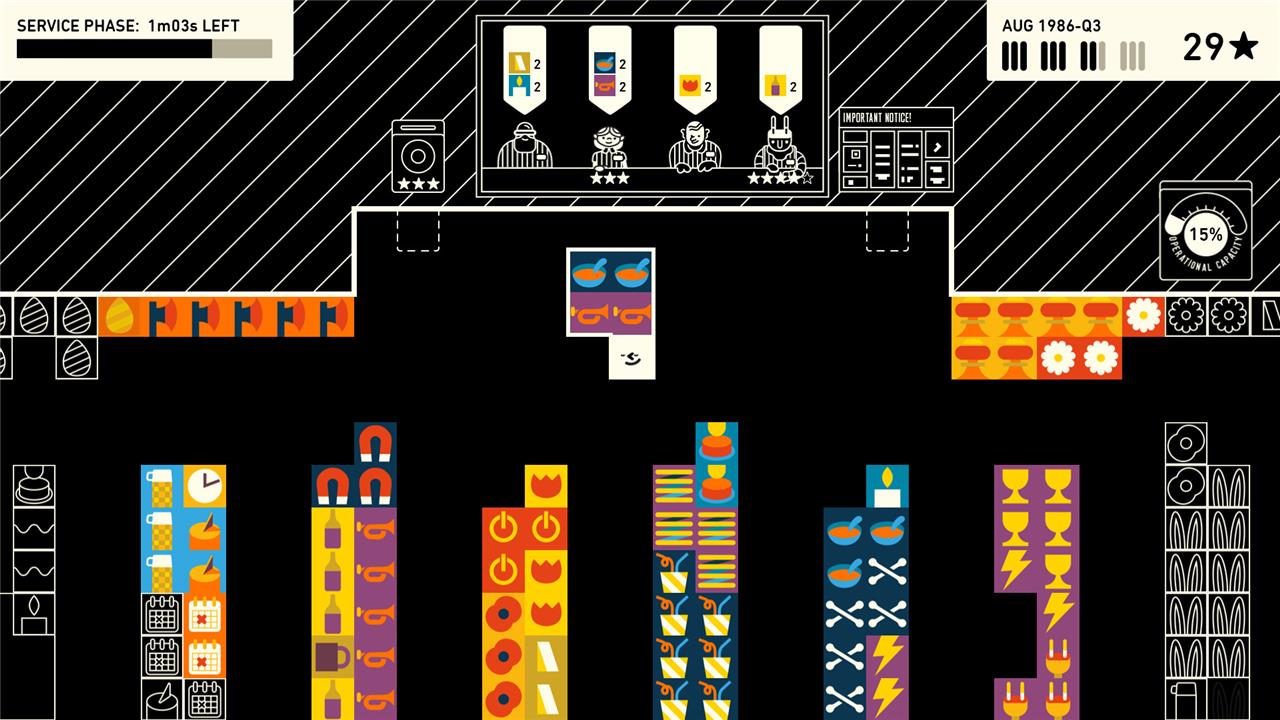
Richard Hogg, artist and game designer behind Wilmot Works It Out and Wilmot’s Warehouse, suggests players go out and find a community.
“Find the Discord for that game or get your friends to play it at the same time,” Hogg says. “Find a place where people know how to use spoiler tags properly, where they can give you just the right amount of a hint to get you through the bit you were stuck on without spoiling the whole thing for you.”
Shouldice, from Tunic, echoes Hogg’s sentiment.
“When I’m well and truly stumped, and am not having a good time, I enjoy a good hint,” Shouldice says. “Looking stuff up almost never gives good hints, but asking trusted friends can yield the perfect nudge. I like asking for hints in the form of obtuse poems, so the hint itself is also a little bit puzzley!”
3. Think out loud
Thinking out loud is a powerful strategy when tackling puzzle games. By verbalizing your thought process, you can better organize your ideas, identify patterns, and uncover connections that might otherwise be missed. This approach encourages players to explore multiple interpretations and experiment with different solutions, fostering lateral thinking and creativity. It also helps in breaking down complex problems into manageable parts, making the puzzle feel less overwhelming and more approachable. Developers often design puzzles that reward this kind of exploratory thinking by embedding clues and encouraging interaction with the environment in unexpected ways, which can be more effectively navigated when players actively articulate their reasoning as they progress.
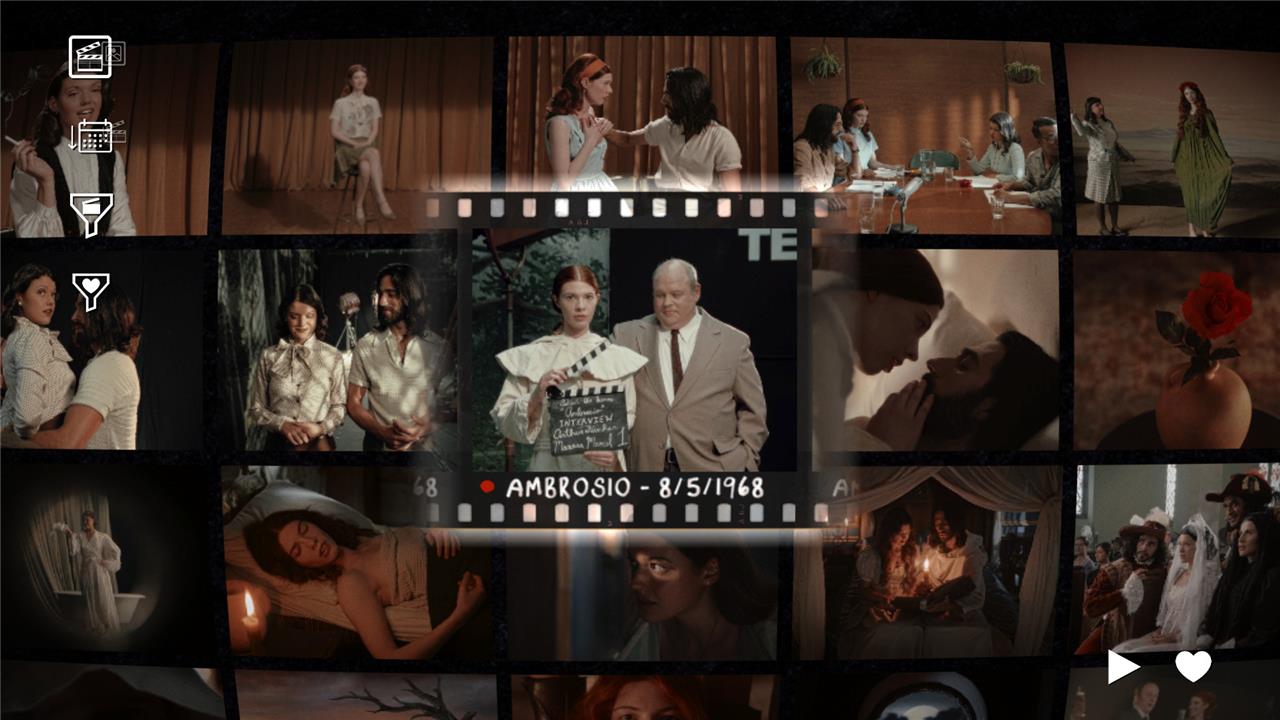
Simon Flesser, director of Lorelei and the Laser Eyes, encourages players to “verbalise” their ideas, “either to yourself or discuss the game with someone.”
“I think solving a puzzle is close to most idea or problem-solving processes. Usually it doesn’t work to just ’think harder,’” Flesser says.
4. Work backward
Working backward is a powerful strategy for tackling puzzle games. By starting from the desired outcome or solution and retracing the steps needed to reach it, players can gain a clearer understanding of the puzzle’s structure and requirements. This reverse approach helps break down complex challenges into manageable parts and can reveal hidden connections or overlooked possibilities. Developers suggest documenting assumptions during this process to uncover new perspectives and segmenting the puzzle into smaller sections to make it less overwhelming. Thinking through the puzzle both backward and forward ensures logical consistency and refines the solution path, making this method an effective tool in puzzle-solving.
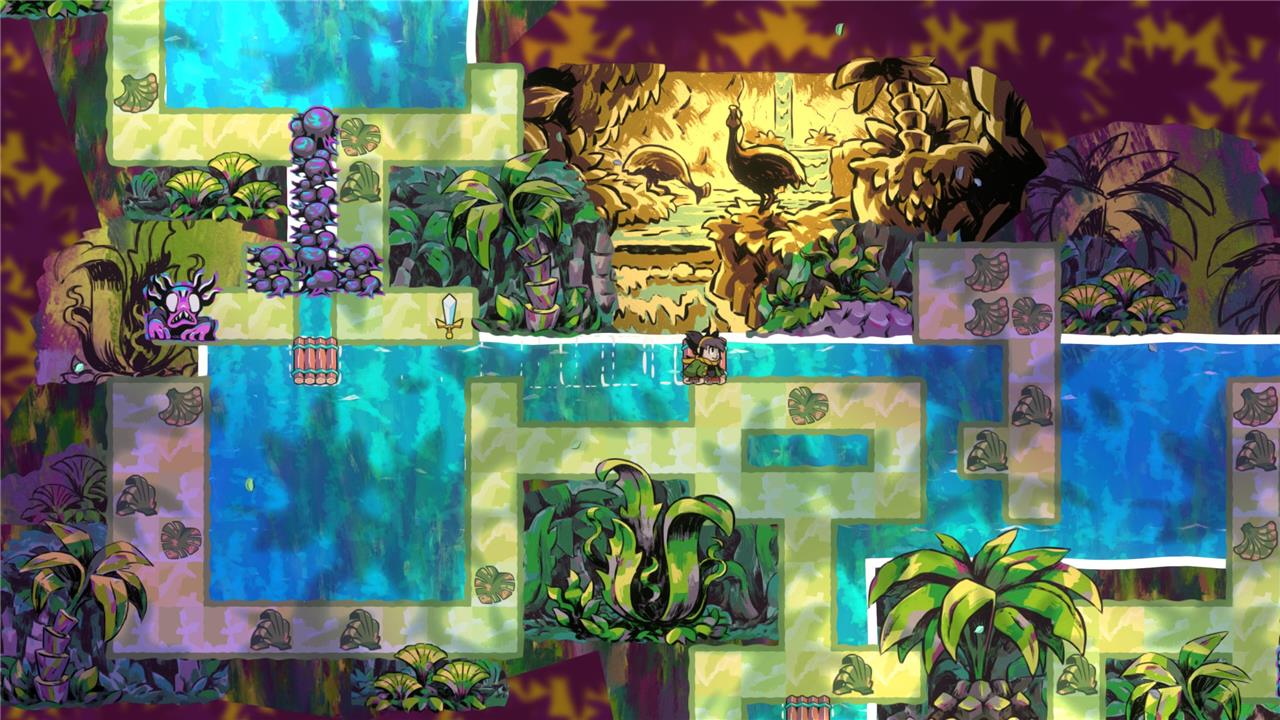
“Depending on the puzzle, working backwards is sometimes a really useful tool. Listing your assumptions, no matter how basic, can also reveal new ways of thinking,” Shouldice says.
Sergi Pérez Crespo, a co-director on the upcoming game Is this Seat Taken?, further elaborates on how to reverse-engineer a problem or puzzle.
“I tend to play it backwards. My first thought is What is my goal? and then I try to solve the puzzle step by step from the ending,” Crespo says. “This way I can understand better what the puzzle is asking me to do and how I can approach my first steps better. In addition, I try to separate the puzzle by different sections and play them backwards again, repeating the same process.”
5. Understand the larger themes of the game
To successfully beat puzzle games, it helps to understand the larger themes that the game explores beyond individual puzzles. These themes often tie together the game’s mechanics, narrative, and progression, providing context and motivation for solving challenges. Recognizing patterns in the puzzles and how they relate to the game’s story or overarching concepts can give players insight into the developer’s design intent, making it easier to anticipate solutions and stay engaged. This holistic understanding transforms puzzle-solving from isolated tasks into a meaningful journey, enhancing both enjoyment and strategic thinking.
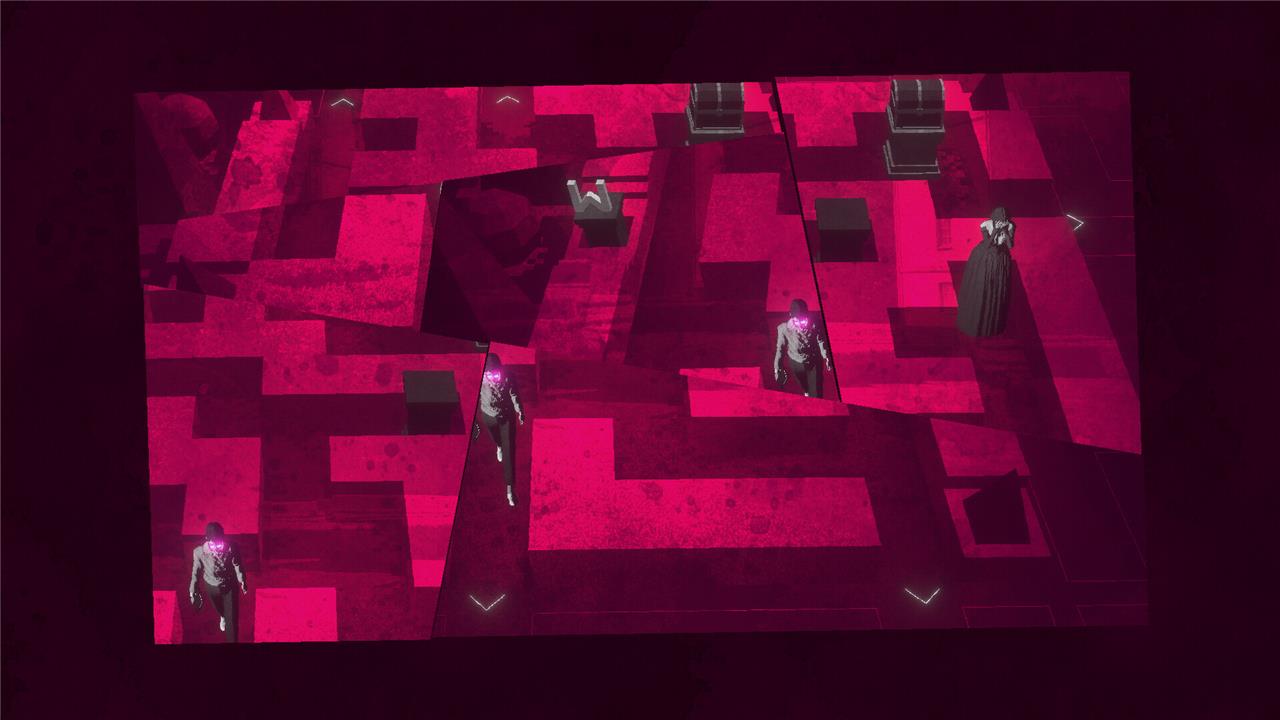
Solving puzzles isn’t just about understanding your items and the problem in front of you. It can also be helpful to think about the larger themes and concepts that drive a game.
“In general, puzzle designers tend to wrap around a puzzle with a theme or a lesson to learn,” Crespo says. “Understanding what the creator is trying to teach or show you, can help with the process of solving it. Another advice is to separate the puzzle into different sections. This will create mini-puzzles that are more manageable and they don’t overwhelm us so much.”
6. Assess possible actions
When stuck on a puzzle, it’s crucial to step back and systematically assess the possible actions available. Puzzle game developer Sam Barlow suggests reflecting on what can be done at the moment-examining connections between elements, testing small parts of the solution, and narrowing down options to simplify the problem space. This experimental approach encourages trying different solutions methodically rather than relying on guesswork, helping to uncover the correct path forward by elimination and insight. Embracing this process can transform frustration into progress by breaking down complex puzzles into manageable steps.
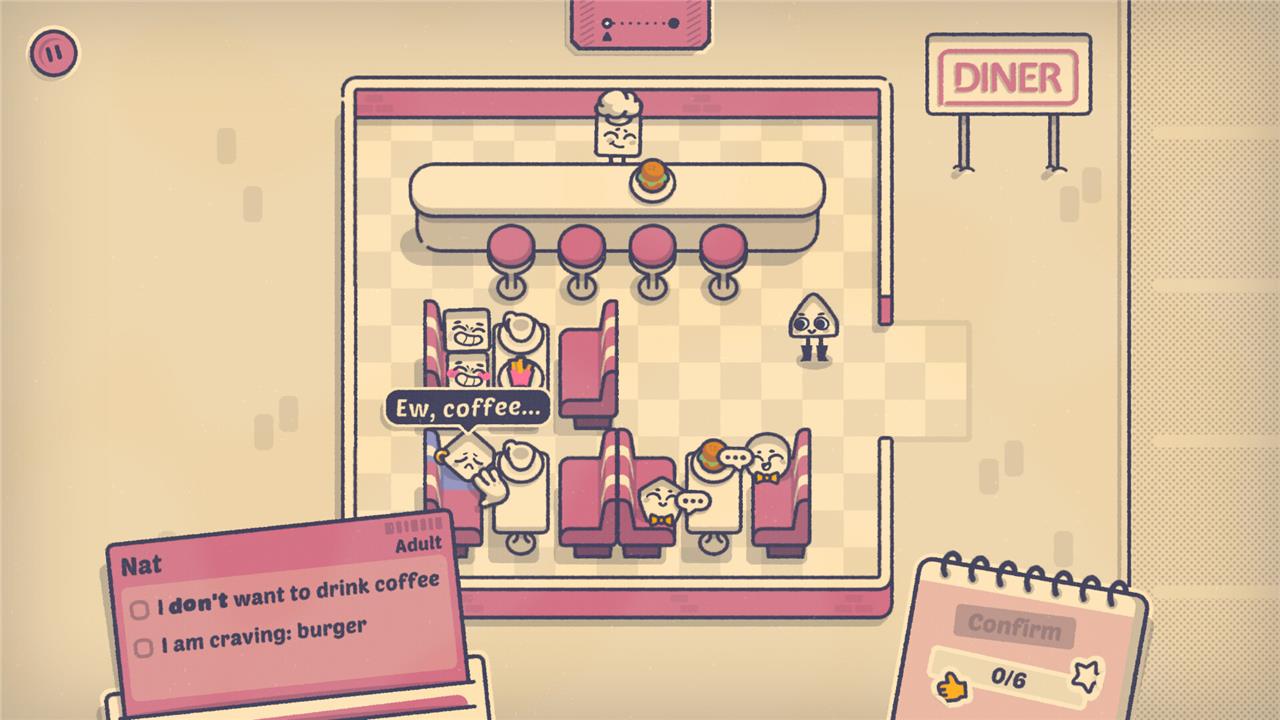
If all else fails, you can always just try a bunch of different solutions and see what sticks.
Sam Barlow, developer and director behind Immortality and Telling Lies, suggests players “sit back” and think about the scope of their actions. Barlow tells AELGAMES he asks questions like, “What can I do right now? And is any of this connected? That lever, that button, that list of animal names, or whatever? Is there a way of testing out small pieces of the larger solution? Can I eliminate options, so I reduce the wide open possibility space down to something more manageable?”
“I am terrible at solving puzzles in games! Ha ha,” Hogg says. “My process is like, try all the different things.”
7. Enjoy the mystery!
Enjoying the mystery is a key part of the puzzle-solving experience. Embrace the uncertainty and be patient as you explore the clues and possibilities-this mindset transforms confusion into curiosity. Puzzle game developers encourage players to relax and appreciate the process, knowing that with time, patterns will emerge and solutions will become clear. This sense of discovery, where the answer suddenly feels obvious in hindsight, can be one of the most satisfying and magical moments in gaming. Rather than rushing, savor the puzzle’s unfolding story and the thrill of unraveling its secrets at your own pace.
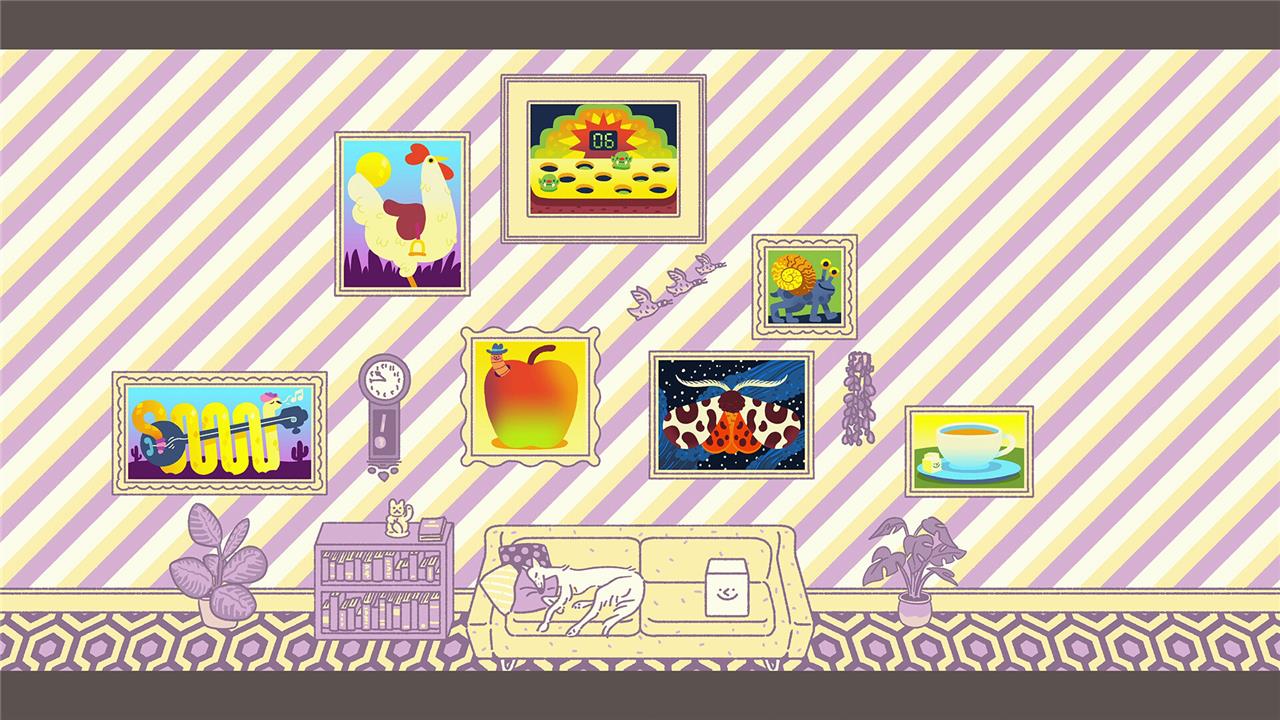
Beyond technical advice on how to think through puzzles, there is another key element to being a successful puzzle-solver: your attitude! Recabarren tells players, “Be patient! Enjoy not knowing what to do next.”
Similarly, along these lines, Barlow advises players to “be comfortable with being confused, with being lost.” Barlow adds, “If you’re in the hands of a good game, you’re meant to be. But soon enough you will start to see the patterns. So just relax and absorb it all – and take notes!”
Rather than a moment of stress, these parts of the game can feel the most fun.
“I actually really like that feeling where you think you have tried everything possible and then when you do figure out the correct solution it, with hindsight seems obvious,” Hogg says. “When this is done well it has an elegance to it. Like a magic trick. I guess because I’m so bad at figuring out puzzles I get to enjoy that feeling more than most folks.”
What insider tips do puzzle game developers use to outsmart players
Puzzle game developers use several insider strategies to outsmart players and keep their games challenging yet engaging:
-
Design puzzles with natural progression so players learn mechanics gradually without overwhelming them, avoiding abrupt difficulty spikes that frustrate players.
-
Limit and strategically manage hints, sometimes punishing overuse by restricting hints or rewarding players who solve puzzles without them, to maintain challenge and satisfaction.
-
Introduce and reuse mechanics thoughtfully, ensuring new mechanics are introduced only when relevant and consistently used in subsequent levels to deepen gameplay without confusing players.
-
Incorporate red herrings and misdirection to challenge players’ assumptions but ensure the solution is always contained within the game environment, so players rely on in-game clues rather than outside knowledge.
-
Encourage players to think out loud and work backward, breaking puzzles into smaller parts and analyzing them from the solution back to the start, which can reveal hidden insights and new approaches.
-
Align puzzles with the game’s larger themes and story, helping players understand the creator’s intent and making the puzzle-solving experience more meaningful and coherent.
-
Reward players’ cleverness and accomplishments, making them feel smart by acknowledging when they discover new solutions or complete challenges in creative ways, which enhances engagement and motivation.
These techniques help developers craft puzzles that are challenging, fair, and rewarding, keeping players engaged and eager to solve each new challenge.
How do developers use hints to subtly guide players without giving away solutions
Developers use hints to subtly guide players without giving away solutions by embedding clues naturally within the game environment and narrative, rather than making them overt or explicit. This approach includes:
-
Integrating subtle visual or contextual cues that feel like part of the world, such as recurring symbols or environmental details that players notice only if they pay close attention, encouraging exploration and interaction without obvious signaling.
-
Using level design and environmental storytelling to lead players intuitively, like employing leading lines or specific level geometry that gently direct player movement and focus without explicit instructions.
-
Offering contextual prompts or invisible tutorials that provide just enough information to nudge players toward understanding mechanics or puzzle elements, without directly stating the solution. These hints often appear as natural parts of the gameplay or story progression.
-
Balancing clue visibility by making important clues obvious enough to keep the story moving while surrounding them with less critical, secondary hints. This prevents players from feeling lost but still challenges them to connect the dots themselves.
-
Encouraging player interaction with clues that require active investigation or interpretation, such as reading legible but partially obscured documents or noticing character details that hint at deeper meanings, rather than simply pointing out the solution outright.
This subtle hinting strategy respects player agency and immersion, allowing players to feel clever for discovering solutions while maintaining the challenge and intrigue of the puzzle or mystery.
